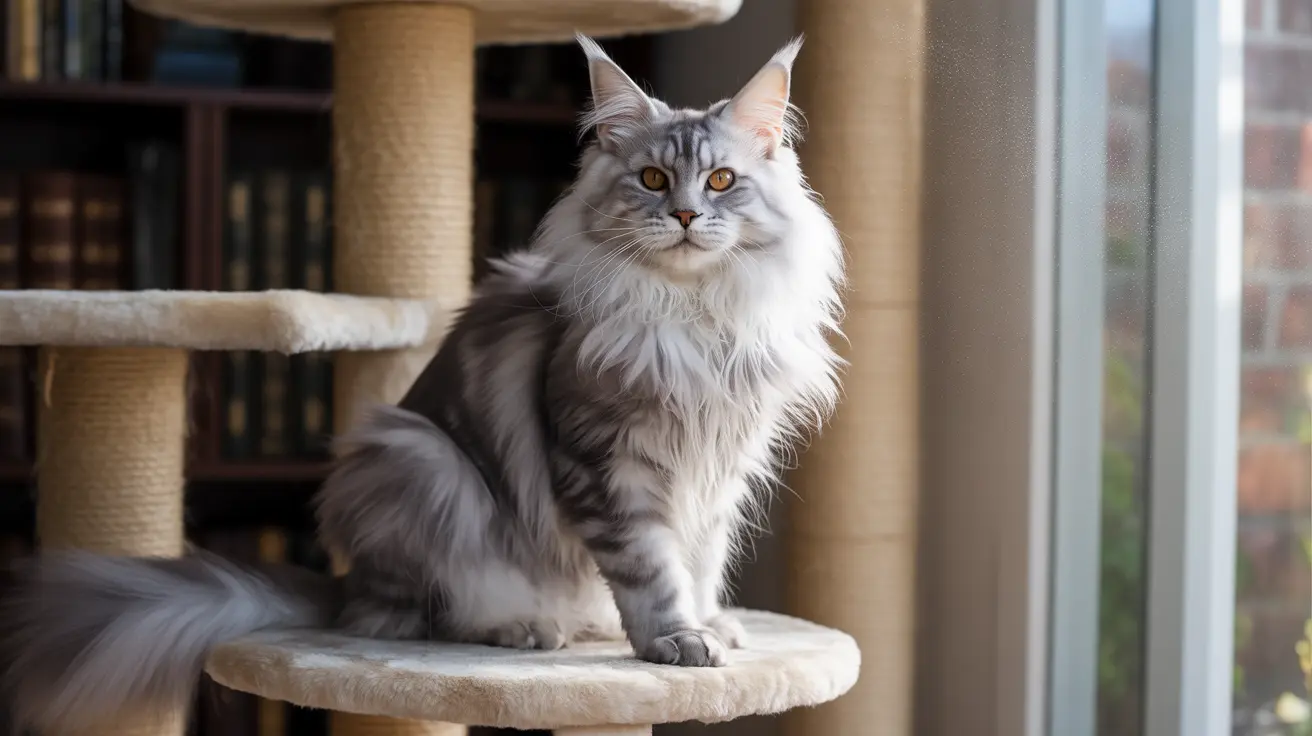Recognizing Signs of Cat Discomfort or Distress
Body Language Indicators
Cats communicate primarily through body language, and understanding these signals is essential. Watch for these telling signs:
- Flattened or backward-pointing ears
- Dilated pupils and direct staring
- Tail positioning (puffed up or rapidly swishing)
- Crouched posture with tucked tail
- Raised hackles along the spine
Behavioral Changes
Your cat may display various behaviors that suggest discomfort or stress:
- Persistent hiding, especially in new environments
- Avoiding interaction or walking away when approached
- Aggressive responses like scratching, biting, or hissing
- Refusing to engage during playtime
- Showing affection to others but not to you
Common Reasons Why Cats May Seem Distant
Medical Issues
Health problems are often at the root of sudden behavioral changes. Pain, illness, or discomfort can cause your cat to become withdrawn or aggressive. Always consult a veterinarian if you notice abrupt changes in your cat's behavior.
Environmental Factors
Cats are sensitive to their environment, and various factors can affect their behavior:
- Changes in household routine
- New pets or family members
- Loud noises or construction
- Moving to a new home
- Changes in litter box location or cleanliness
Past Experiences
Previous negative experiences can significantly impact a cat's behavior toward humans:
- Lack of early socialization
- Traumatic experiences
- Negative associations with handling
- History of abuse or neglect
Building a Better Relationship with Your Cat
Creating a Safe Environment
Ensure your cat feels secure in their space:
- Provide multiple hiding spots
- Set up vertical spaces like cat trees
- Maintain consistent feeding schedules
- Keep litter boxes clean and accessible
- Create quiet zones away from household traffic
Positive Reinforcement
Build trust through positive interactions:
- Use treats and praise to reward friendly behavior
- Engage in interactive play sessions
- Respect your cat's boundaries
- Allow them to initiate contact
- Learn their preferred petting spots
Frequently Asked Questions
Why does my cat avoid me or hide when I try to interact?
Cats may avoid interaction due to fear, stress, or feeling overwhelmed. This behavior often stems from past experiences, lack of socialization, or environmental stressors. Give your cat space and let them approach you on their terms.
What body language signs show that my cat might not like me or is stressed?
Key stress indicators include flattened ears, dilated pupils, tail lashing, crouching, and hiding. These signs suggest your cat feels threatened or uncomfortable rather than expressing genuine dislike.
How can I improve my relationship with a cat that seems distant or aggressive?
Focus on positive reinforcement, respect their space, maintain consistent routines, and create a safe environment. Use treats and play to build positive associations, and never force interaction.
Could my cat's aggressive behavior toward me be caused by pain or illness?
Yes, sudden behavioral changes often indicate underlying medical issues. If your cat becomes unusually aggressive or withdrawn, consult a veterinarian to rule out health problems.
When should I consult a veterinarian or behaviorist about my cat's rejection or aggression?
Seek professional help if aggressive or avoidant behavior persists despite environmental improvements, if behavior changes suddenly, or if accompanied by changes in eating, grooming, or litter box habits.
Conclusion
Remember that cats express affection differently from humans, and what might seem like dislike could be normal feline behavior or a response to stress or discomfort. By understanding your cat's body language, addressing potential medical issues, and creating a supportive environment, you can build a stronger, more positive relationship with your feline companion.






